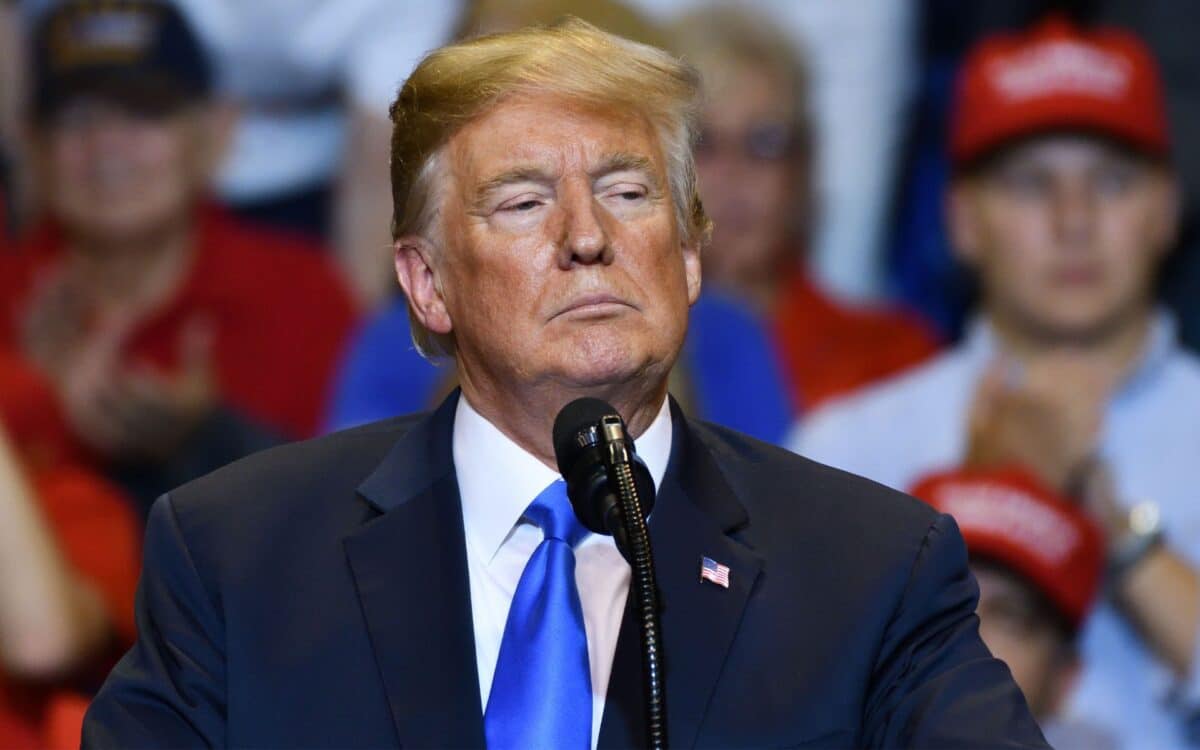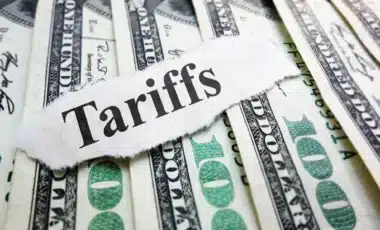If you’re someone who still prefers to mail a paper check or receive a refund the traditional way, that process may soon be phased out. A new federal directive could significantly alter how taxpayers interact with the IRS, reshaping long-established payment habits across the country.
According to reporting from GO Banking Rates, an executive order signed by former President Donald Trump on March 25, 2025, instructs the IRS and other federal agencies to transition entirely to electronic payment systems.
The deadline for full implementation is September 30, 2025, and the move is part of a broader effort to update and streamline government financial infrastructure.
Order Targets Waste, Fraud, and Outdated Systems
According to the official text, the purpose of the order is to reduce “waste, fraud, and abuse” in the administration of government funds. It identifies traditional paper-based transactions as a persistent source of inefficiency, expense, and risk.
The White House reported that Treasury checks are 16 times more likely to be lost, stolen, altered, or returned undeliverable than digital payments. In addition, the number of mail theft complaints has significantly increased since 2020, highlighting growing security concerns with physical payments.
In 2024 alone, the U.S. government spent $657 million on physical infrastructure and technology related to processing and digitizing paper checks—a cost the administration believes can be drastically reduced through electronic methods.
How Taxpayers Will Be Expected to Adapt
Under the order, agencies like the IRS will be required to stop accepting and issuing paper checks for tax-related payments and refunds. Instead, taxpayers will need to use options such as direct deposit, credit or debit cards, digital wallets, or real-time payment systems.
Likewise, if you’re used to getting your refund in the mail, you will likely be required to submit your banking information or authorize a digital alternative to receive it.

While the shift may feel dramatic, most Americans have already moved away from paper-based payments. A 2024 survey by GOBankingRates found that 46% of Americans didn’t write a single check in 2023.
Another 15% reported writing only a few checks per month, suggesting the change may not be disruptive for the majority.
Vulnerable Groups May Face Challenges
Some groups, however, still depend on checks. These include Social Security beneficiaries, individuals receiving government assistance, and others who may not have easy access to electronic banking. These populations often face greater exposure to scams, especially during system transitions.
The people most at risk are the ones who are the least protected—older adults, the unbanked, and those dependent on mailed benefits, – said Haywood Talcove, CEO of LexisNexis Risk Solutions’ government group, in an interview with NBC News.
Still, access to banking has improved in the U.S. The FDIC reported that just over 4% of American households were unbanked in 2023, compared to 8% in 2011, a notable decline over the past decade.
There are carve-outs in the order. People who do not have a bank account, or who cannot access electronic payment systems, will be granted exemptions. The same applies to certain emergency payments, law enforcement-related disbursements, and other special cases where legal exceptions apply.









